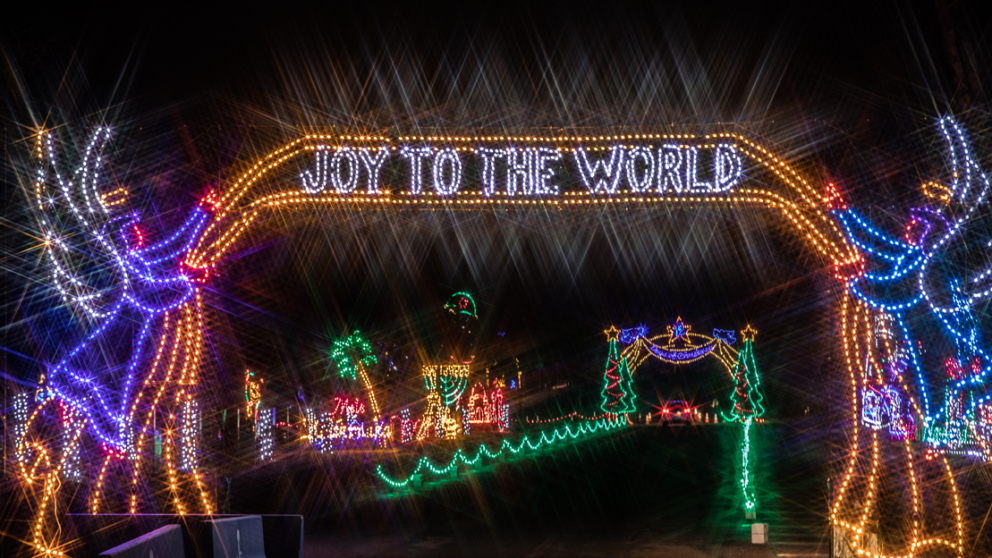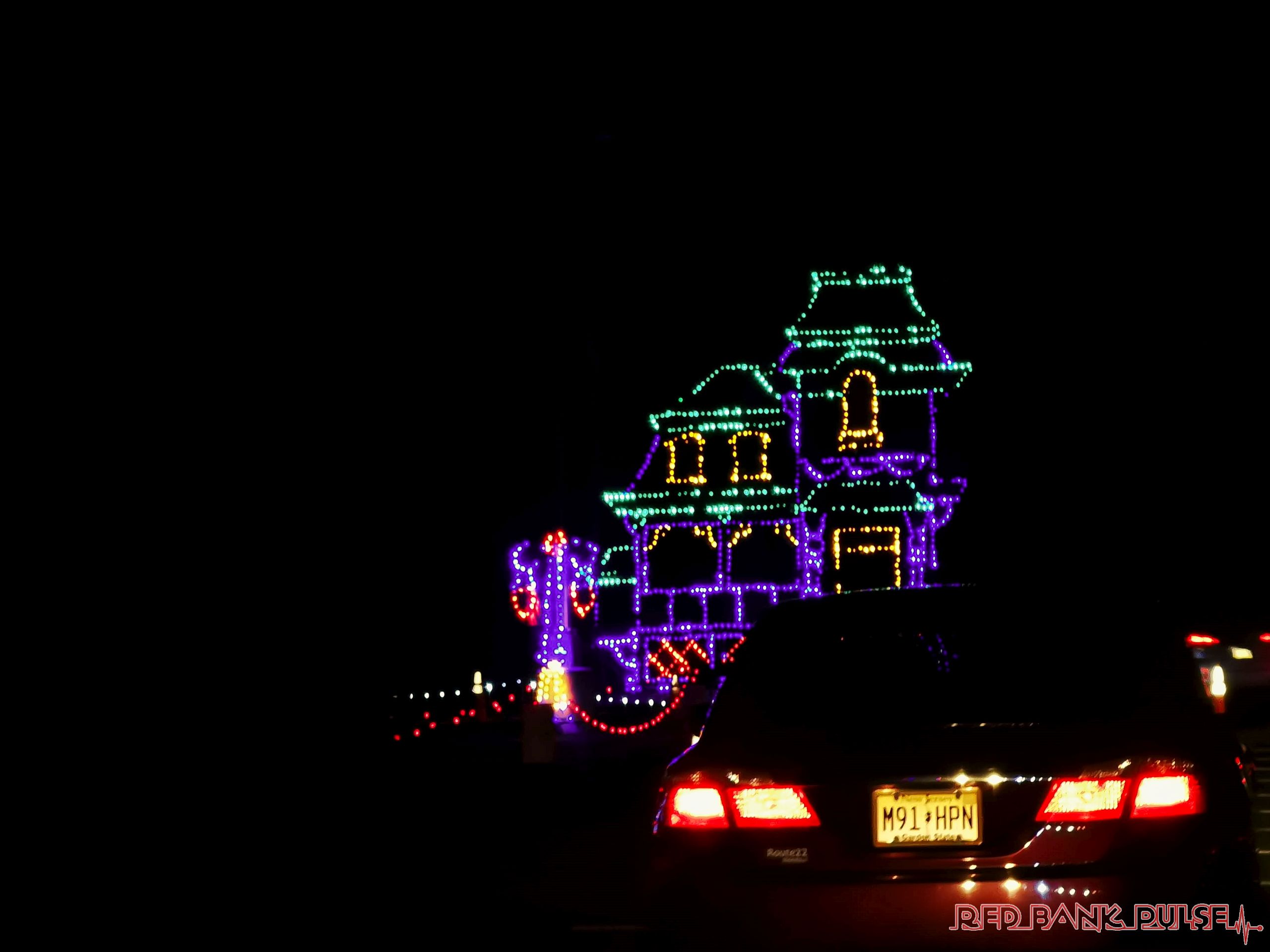Imagine stepping into a world where lights aren’t just functional but magical. The magic of lights has been transforming spaces, moods, and even lives for centuries. From the flicker of a candle to the dazzling brilliance of LED installations, light has always held a special place in human history. It's not just about seeing in the dark anymore—it’s about creating experiences, telling stories, and making memories.
Light is more than just a physical phenomenon; it’s an emotional trigger. It can make you feel warm and cozy or energized and alive. Whether you’re setting the mood for a romantic dinner or lighting up a concert stage, the magic of lights plays a crucial role. It’s the unsung hero of design, entertainment, and even wellness.
As we dive deeper into this enchanting world, you’ll discover how the magic of lights can enhance your environment, boost your mood, and even improve your health. So, buckle up and let’s explore the brilliance of illumination together!
Read also:Mamitas Puebla The Ultimate Guide To Exploring Mexicorsquos Hidden Gem
Table of Contents:
- The History of Lights
- Biography of Key Figures in Lighting
- Types of Lights and Their Uses
- Advancements in Lighting Technology
- Lighting in Interior Design
- The Impact of Lights on Health
- Lights in Entertainment
- Environmental Considerations in Lighting
- The Future of Lighting
- Conclusion
The History of Lights
Let’s rewind a bit—way back to the days when humans first discovered fire. Back then, light was all about survival. You needed it to see in the dark, cook food, and keep predators at bay. Fast forward to the invention of the light bulb by Thomas Edison, and suddenly, light became a symbol of progress and innovation.
But the magic of lights didn’t stop there. Over the years, we’ve seen countless advancements that have shaped the way we use light today. From incandescent bulbs to fluorescent lights and now LEDs, each step has been a leap forward in efficiency, sustainability, and creativity.
Key Moments in Lighting History
- 1879: Thomas Edison invents the first practical incandescent light bulb.
- 1938: The first fluorescent light is introduced, offering a more energy-efficient option.
- 1993: The invention of the blue LED leads to the development of white LED lights, revolutionizing the industry.
These milestones have paved the way for the modern lighting solutions we enjoy today. But the journey doesn’t end here. The magic of lights continues to evolve, bringing new possibilities with every passing year.
Biography of Key Figures in Lighting
Behind every great invention is a great mind. Let’s take a moment to appreciate some of the brilliant individuals who have contributed to the magic of lights.
Thomas Edison
| Full Name | Thomas Alva Edison |
|---|---|
| Birth Date | February 11, 1847 |
| Death Date | October 18, 1931 |
| Known For | Inventing the practical incandescent light bulb |
Thomas Edison’s work in lighting changed the world forever. His perseverance and ingenuity brought light into millions of homes, making him a true pioneer in the field.
Read also:Teagan Presley The Rising Star Shaping Hollywoods Future
Types of Lights and Their Uses
Not all lights are created equal. Depending on your needs, there’s a perfect type of light out there waiting for you. Let’s break it down:
Incandescent Lights
These are the classic bulbs we all grew up with. They’re warm, inviting, and perfect for creating a cozy atmosphere. However, they’re not the most energy-efficient option out there.
LED Lights
Now we’re talking efficiency! LED lights have taken the world by storm with their long lifespan and low energy consumption. They’re versatile too, coming in a variety of colors and brightness levels.
Fluorescent Lights
Great for large spaces like offices and warehouses, fluorescent lights offer a bright, even illumination. They’re more energy-efficient than incandescents but not as long-lasting as LEDs.
Advancements in Lighting Technology
Technology has played a huge role in enhancing the magic of lights. From smart lighting systems to color-changing bulbs, the possibilities are endless. Imagine being able to control the lighting in your home with just a tap on your phone—that’s the power of modern technology.
Smart lighting systems allow you to customize your environment like never before. You can set schedules, create scenes, and even integrate with voice assistants for hands-free control. It’s like having a personal lighting assistant at your fingertips.
Top Trends in Lighting Tech
- Smart home integration
- Energy-efficient designs
- Sustainable materials
These trends are shaping the future of lighting, making it more accessible and eco-friendly for everyone.
Lighting in Interior Design
Lighting is a key element in interior design. It can make or break the look and feel of a space. Whether you’re designing a modern loft or a rustic cabin, the right lighting can elevate your design to the next level.
Layering is a popular technique in lighting design. By combining different types of lights—like ambient, task, and accent—you can create a dynamic and functional space. It’s all about finding the perfect balance.
Design Tips for Home Lighting
- Use dimmers to adjust brightness levels
- Incorporate statement lighting fixtures for visual impact
- Experiment with different bulb colors for mood enhancement
With these tips, you can transform any room into a sanctuary of light and style.
The Impact of Lights on Health
Did you know that light can affect your physical and mental health? It’s true! The magic of lights extends beyond aesthetics and into the realm of wellness. Exposure to natural light, for example, can boost your mood and improve sleep quality.
On the flip side, too much artificial light, especially blue light from screens, can disrupt your circadian rhythm and lead to sleep disturbances. That’s why it’s important to be mindful of your lighting choices and how they impact your health.
Health Benefits of Proper Lighting
- Improved mood and energy levels
- Better sleep quality
- Reduced eye strain
By optimizing your lighting environment, you can enhance your overall well-being.
Lights in Entertainment
Entertainment wouldn’t be the same without the magic of lights. From concerts to movies, lighting plays a crucial role in creating immersive experiences. It sets the tone, enhances the visuals, and engages the audience in ways that words alone cannot.
Stage lighting, for instance, uses a combination of colors, patterns, and angles to bring performances to life. It’s like painting with light, adding depth and emotion to every scene.
Key Elements of Entertainment Lighting
- Dynamic color changes
- Spotlight effects
- Projection mapping
These elements work together to create unforgettable moments that leave a lasting impression on audiences.
Environmental Considerations in Lighting
In today’s world, sustainability is more important than ever. The magic of lights can also be eco-friendly with the right choices. By opting for energy-efficient lighting solutions, you can reduce your carbon footprint and save money in the long run.
LED lights, for example, use significantly less energy than traditional bulbs and last much longer. They’re also free of toxic materials, making them a safer choice for the environment.
Ways to Make Lighting More Eco-Friendly
- Switch to LED bulbs
- Use motion sensors to conserve energy
- Maximize natural light during the day
Small changes can make a big difference when it comes to protecting our planet.
The Future of Lighting
As technology continues to advance, the future of lighting looks brighter than ever. We’re already seeing innovations like smart lighting systems, color-changing bulbs, and even lights that can charge your devices. But what’s next?
Experts predict that lighting will become even more integrated into our daily lives, offering personalized experiences tailored to our individual needs. Imagine lights that adjust automatically based on your mood, activity level, or time of day. It’s like having a personal lighting assistant that knows you better than you know yourself.
Conclusion
From its humble beginnings as firelight to the sophisticated systems we have today, the magic of lights has come a long way. It’s not just about seeing in the dark anymore—it’s about enhancing our lives in countless ways.
Whether you’re designing a dream home, planning a concert, or simply looking to improve your health, the right lighting can make all the difference. So, take a moment to appreciate the brilliance around you and let the magic of lights illuminate your world.
And don’t forget to share your thoughts in the comments below or explore more articles on our site. Together, let’s keep the conversation shining bright!


